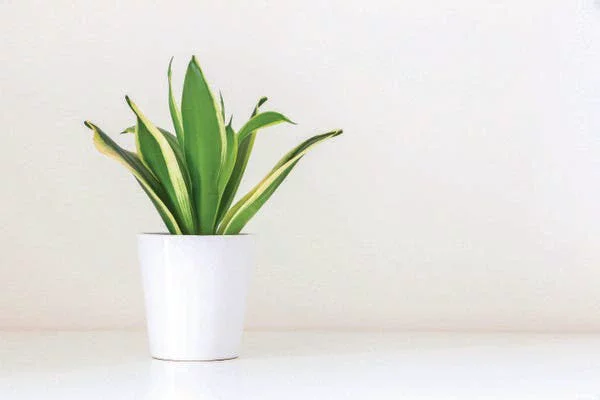
In the pursuit of deeper rest, embracing botany in the bedroom is a transformative choice. Surrounding yourself with plants not only enhances the visual appeal of your environment but also contributes to a healthier, calmer and more rejuvenated you.
Introducing nature's air purifiers into your sleep space is a scientifically supported strategy, as these leafy companions engage in photosynthesis. Through this process, they absorb carbon dioxide and release oxygen, enhancing air quality and thereby creating a haven for restful nights.
According to a 1989 NASA study, common houseplants can help improve air quality by removing cancer-causing chemicals like formaldehyde and benzene. It was not just the plants; the studyfound that the soil also helps clean indoor air. A 2018 study published in Plant Physiology, the scientific journal of the American Society of Plant Biologists, found that plants decreased cancer-causing formaldehyde from the air by at least 25 percent.
Wellness and sleep expert Khurshed Batliwala agrees. "Even just two people sleeping in the same room can create a lot of carbon dioxide, especially if the room is small or if the windows are shut. You will be releasing carbon dioxide throughout the night and the only way to get rid of that is to have plants," he says.
However, not all plants are created equal when it comes to bedroom suitability. The ideal bedroom plants are those that are soft in appearance with rounded leaves and petals.
"It is important to research the specific care needs of each plant, including watering frequency, humidity requirements and preferred temperature ranges, avoiding drafts or extreme temperature fluctuations so that your plants are not neglected," says Priscilla Puentes, marketing manager for online plant shop Eureka Farms.
Puentes also recommends using well-draining soil mixes and pots with drainage holes that allow excess water to escape, preventing waterlogged roots. "(Create) a consistent watering routine ... making adjustments to care as needed," she says. "This may include relocating plants to areas with better airflow or adjusting watering frequency."
Here are the top options to choose from
Snake plant
One of the heartiest and best air-scrubbing indoor plants, this stately common beauty is also known as mother-in-law's tongue. Native to Asia and Africa, snake plants are easy to care for, thrive in extreme low light and require very little water to survive.
English ivy
The spindly perennial that crawls on walls is one of the most versatile plants that can grow indoors just as beautifully as it does outdoors. It also has exceptional air-purifying capabilities and can thrive under medium light.
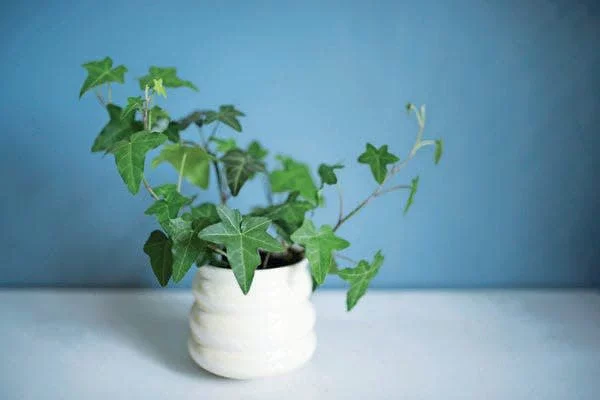
Peace lily
Native to Central and South America, these vibrant evergreens are not lillies but a forest floor beauty, according to the Farmer's Almanac. It thrives in dappled sunlight, ample moisture and humidity. Under the right conditions, it will flower all year long.
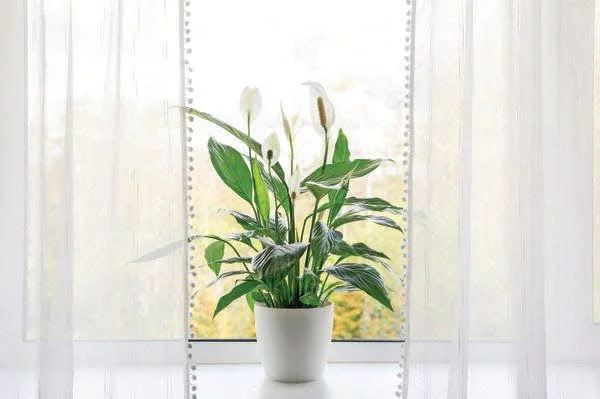
Areca palm
The romantic and dreamy areca palm is a majestic orchid and an unsung chemical-destroying hero. According to a National Institutes of Health study, the areca palm is one of the many plants that can be a tool for air purification and reducing the spread of COVID-19 viruses in confined areas. It thrives in direct sunlight.
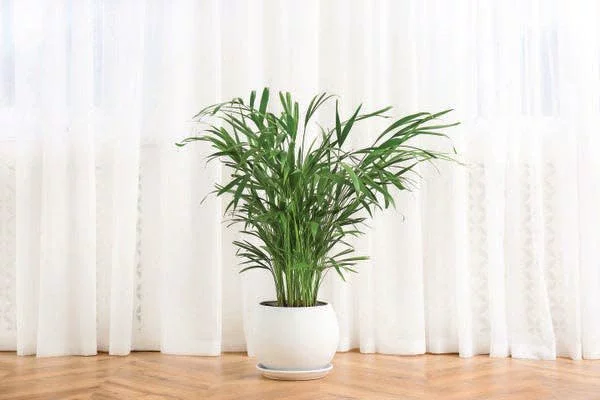
Tulsi
Also known as holy basil, this medicinal herb is a sacred plant to Hindus and thought to promote longevity, health and peace of mind and body. It is also the champion of air purifiers, recognized for producing oxygen 20 hours a day. It does well in direct sunlight.
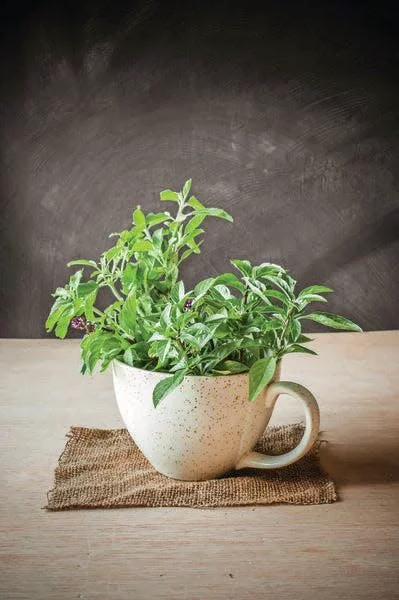
Gerbera daisy
The decorative plant isn't just a flowering cutie but a powerful eliminator of contaminants. According to the NASA clean air plant study, the plant is not only pet safe, but it has shown to absorb 67 percent of benzene, 50 percent of airborne formaldehyde and 35 percent of trichloroethylene in just 24 hours.


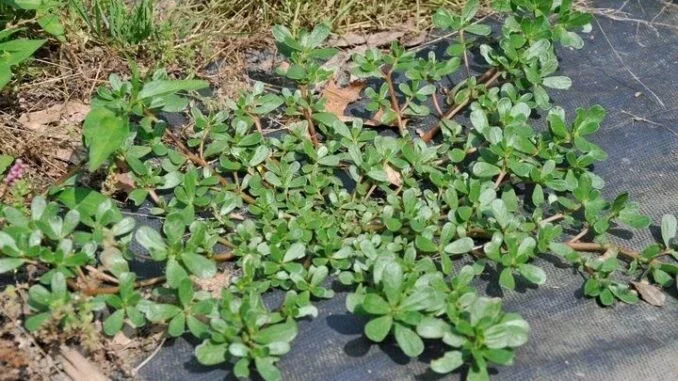














Comments